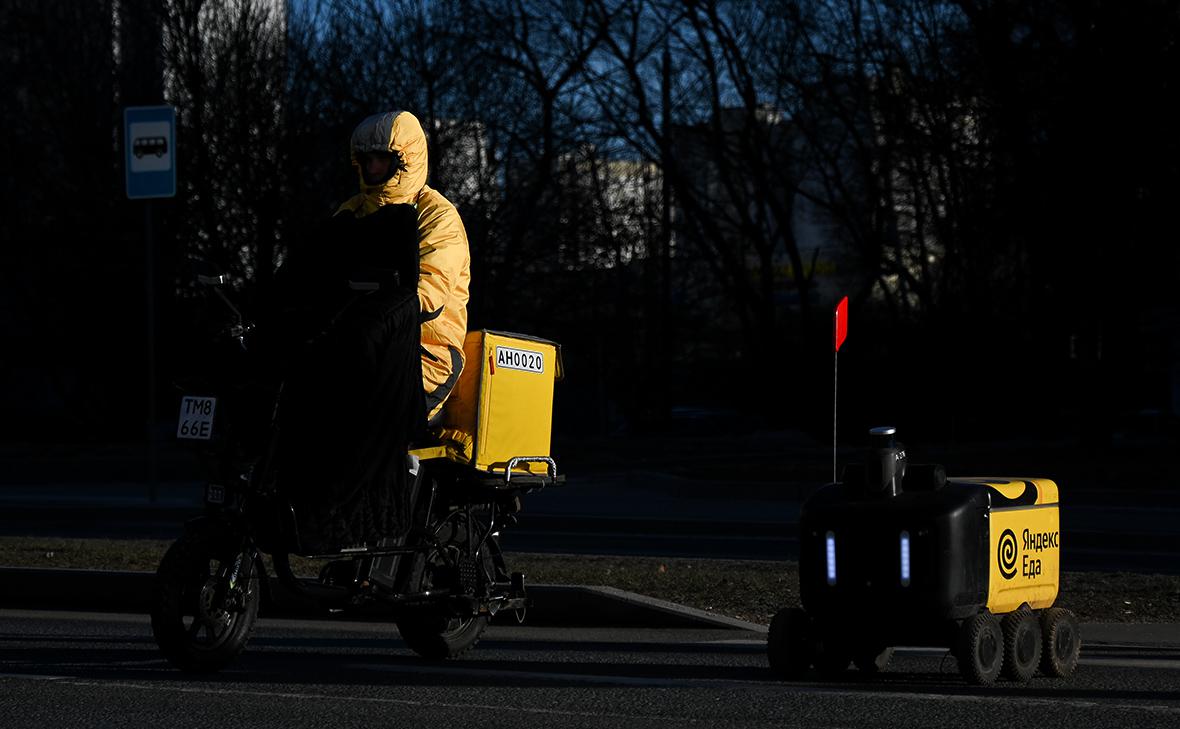Where and when might the first humanoids appear?

A representative of Yandex told RBC about the interest in developing humanoid (human-like) robots. The project will be one of the first areas supported by the Yet Another Tech Fund, a fund of technological initiatives recently created within the company.
This fund will support projects by Yandex employees “that are capable of advancing science or technology.” In 2025, 330 million rubles will be allocated for these purposes, with the possibility of increasing depending on the company’s goals, prospects, and capabilities. To receive funding from the fund, a Yandex employee must submit a corresponding application. The measure is aimed, among other things, at supporting the culture of invention within Yandex, explains the RBC source.
The project will be part of the autonomous transport direction in the Yandex B2B Tech division. Using their own developments in the field of artificial intelligence, machine learning and autonomous transport, Yandex employees plan to focus at the first stage on creating software that will provide basic mobility and adaptation of humanoids to the real environment. Robots will be taught key skills: walking confidently, climbing stairs, opening doors, passing through turnstiles, lifting and carrying loads in their hands.
In the future, the team plans to reach the full cycle of humanoid development — from writing software to control them to their design and production. According to a Yandex representative, this will allow the platform to be maximally adapted to specific tasks and speed up the product’s entry into the market. The company did not disclose the manufacturers of robots with whom Yandex plans to cooperate at this stage.
The main advantage of such robots, according to the Yandex representative, is that humanoid robots do not require the creation of a special infrastructure: their humanoid form allows them to work in the same conditions in which people work. He named potential areas of application as providing logistics inside buildings, visiting industrial facilities, and helping in everyday life and at work. For example, scenarios include delivering parcels inside buildings, visiting industrial facilities, and helping employees and clients of various companies.
“We are currently at the stage of developing an operating system for controlling the basic elements of a humanoid robot. The core of the team has been formed, and we are actively hiring the necessary specialists. The next stage is testing in the fields and in real conditions, and in the future, our own production of robots,” said a Yandex representative, without specifying details.
Why do we need humanoids?
According to Fortune Business Insights, the global humanoid robot market is expected to be worth $3.28 billion in 2024 and will grow to $66 billion by 2032. Humanoid robots are still in the early stages of development, but in recent years, some of these machines have already begun to be used in the real world, including for various research, personal care, education, and entertainment.
For example, in 2023, the Texas company Apptronik released its first humanoid robot, Apollo. It was created to work in a warehouse, its height is 173 cm, and its weight is 72.5 kg, it can lift up to 25 kg. Another American company, Boston Dynamics, presented its humanoid robot Atlas2 in April 2024. Control algorithms allow this robot to plan complex movements taking into account the environment, react to it, plan actions and perform operations with maximum efficiency.
Among large technology companies, Meta Platforms (recognized as extremist and banned in Russia) showed interest in such developments. In February 2025, its division Reality Labs announced the start of developing humanoid robots that can help around the house. Businessman Elon Musk has a similar project: his company Tesla is developing the Optimus robot. It is assumed that it will be able to be a teacher, babysit children, walk the dog, mow the lawn, etc.
In Russia, for example, Promobot is developing humanoid robots. The machines created by this company can express emotions, gesticulate, play, sing and interact with the interlocutor. Another Russian robot manufacturer is AlfaRobotics. It has developed a robot in the form of a girl who can communicate with words and facial expressions.
Humanoid robots are currently one of the most promising areas in robotics, noted Anton Averyanov, CEO of the ST IT group of companies. According to him, such machines can improve processes in tasks that are heavily influenced by the human factor, and also help reduce costs. At the moment, many Russian companies have begun developing such robots, but have not yet presented full-fledged releases, Averyanov noted. “The appearance of results ready for demonstration, which can really be practically applied, is expected in the next two to three years,” he added.
According to Timofey Voronin, Deputy Director for Technology Transfer at the NTI Competence Center for Big Data Storage and Analysis Technologies based at Lomonosov Moscow State University, humanoid robots will be in demand primarily in hazardous industries, as well as for the needs of the military-industrial complex. “The production of such robots will become widespread only if issues related to localization and import substitution are resolved. The development of robotics in Russia can be stimulated not only by supporting manufacturers, but also those buyers who choose Russian robots,” Voronin noted. Despite the wide possibilities of robotization, the high cost of robots, their imperfections and dependence on imported equipment and technologies often limit the full potential of using robots in various fields, he noted.
Several areas of robot production are currently actively developing in Russia, noted Elena Volotovskaya, head of the Softline Venture Partners venture fund (part of the Softline Group). For example, industrial robots (manipulators, packaging, welding robots). For them, either software is developed for a specific manufacturer, or universal solutions are created for integration on several platforms. These are also service robots (courier robots, medical, security), mobile robots and drones for navigation, autopilots, robots for agriculture; robots for education and scientific research. According to her, software for robots is developed by large industrial companies, such as Androidnaya Tekhnika, Kalashnikov, Rostec, integrators and startups (Promobot, Sibrobotiks, Klever), research centers, universities and private developers.
Volotovskaya named weak standardization, a lack of domestic hardware and dependence on foreign components, less funding for such projects compared to the US, China or the EU, as well as a shortage of specialists with competencies in robotics (especially in the development of complex software) as the main challenges of the market. Nevertheless, according to her, robotics is one of the promising growing markets that attracts the attention of investors against the backdrop of the active development of mobile robotics, growing demand for autonomous robots for civil and defense applications, and the growing number of educational projects and university-based startups.
“The humanoid robot market faces serious challenges: high cost, limited productivity and the need to address safety issues. In the next two to three years, humanoid robots will begin to be used in the real economy to a limited extent, and after scaling, the production price will gradually decrease,” the expert says.






